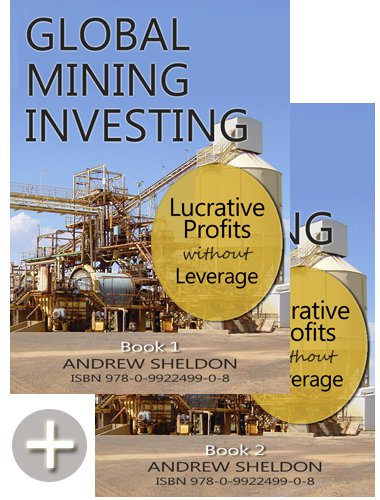1. The current account deficit (7% of GDP) will fall as interest rates rise
2. A significant amount of the CAD is due to capital inflows which are actually financing much-needed mining & energy production capacity. That capacity of course is going to increase our export earnings.
3. The outlook for metal prices looking forward 10 years is very good
4. We have yet to see the farm sector make any real contribution to our exports, and food prices are starting their own price rally. This is truly the era for commodities.
The implications is that rising interest rates will curtail spending, and thus imports, whilst exports will continue to increase. As far as the foreign debt is concerned, its a sign of Australia's attraction as an investment destination. In fact, we have good quality housing stock as collateral, aside from the mines. Who wouldn't want to invest in Australia's high yielding currency. Actually the AUD can be considered a 'hard currency'.
Westpac forecast today that the Australian dollar will reach $US1.01US by the start of next year as interest rates in Australia stay high and the benefits of the resource boom remain strong in the economy. I personally think the AUD will perform even better. I can see it topping out at $1.05 by year end because of rising rates in Australia, but falling rates in the US. That situation will reverse come year-end, though I still see the AUD staying in a high range, with $A0.95 a likely support in coming years. The Australian dollar was 94.84 in the New York after the Reserve Bank left official interest rates at 7.25%.
The AUD will benefit from further cuts in interest rates by the US Federal Reserve, and this is occurring at a time when the AUD is under pressure to raise rates. Its possible the RBA will hold off too, as I suspect it will not want to push the AUD higher, particularly if it too perceives the Fed as subsidising the US banking system prior to an election. There is potential for a widening in the so-called yield gap between US and Australian rates. Apart from the yield gap, there is the attraction of portfolio investment in the Australian mining industry. We have yet to see any significant investment in gold companies, and I believe we might yet see a lot of Chinese investment in Australian mining, just as the Japanese did decades ago.
The reality is that the banks never understood the metal sector. They thought this was just another unsustainable commodities rally. "Before today's update, Morgan Stanley had the strongest Australian dollar outlook among major financial firms with its prediction the currency would be at 96 US cents by the first quarter 2009". Pathetic. Can one expect their fund managers to be any better? Overpaid dicks.
Andrew Sheldon www.sheldonthinks.com




![[Most Recent Exchange Rate from www.kitco.com]](http://www.weblinks247.com/exrate/24hr-jpy-small.gif)
![[Most Recent Exchange Rate from www.kitco.com]](http://www.weblinks247.com/exrate/24hr-euro-small.gif)
![[Most Recent Exchange Rate from www.kitco.com]](http://www.weblinks247.com/exrate/24hr-aud-small.gif)



No comments:
Post a Comment